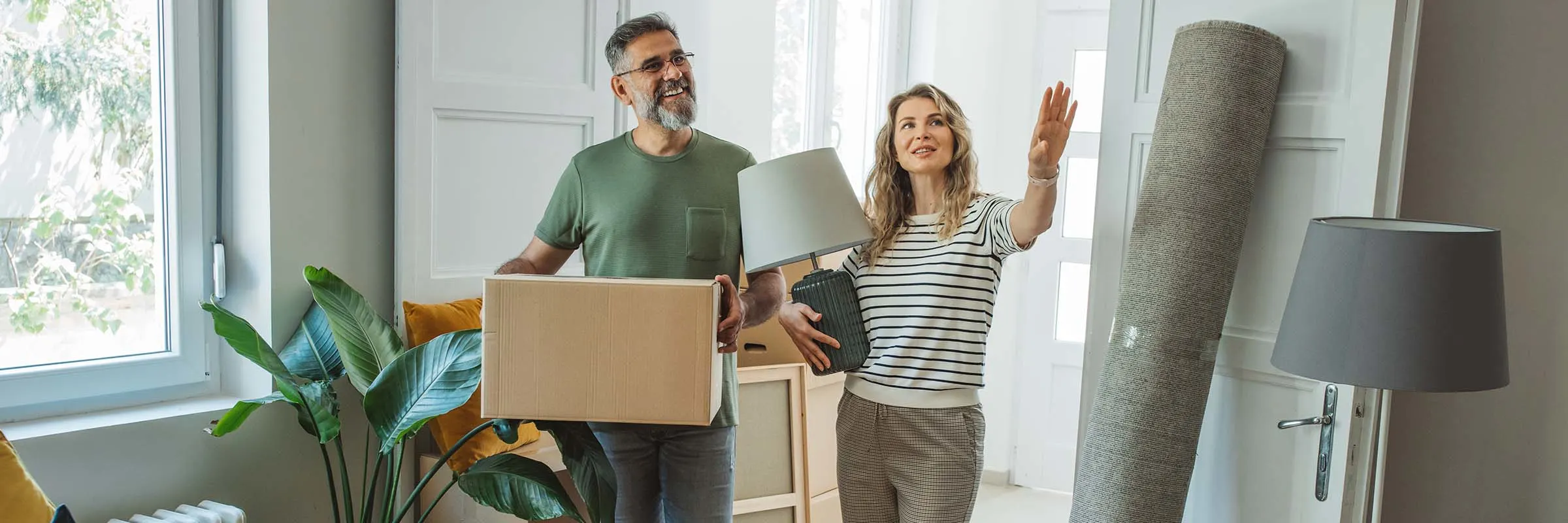Embarking on the journey of homeownership requires a key question to be answered: How much house can you afford?
It can take years to pay off your house after you purchase a home. Home affordability isn’t about whether you can afford a house right now, but if you can afford the mortgage payments and other ongoing homeowning costs.
Factors that impact home affordability
The simplest way to think about how much house you can afford is whether you’ll have enough income each month to cover your home loan principal and interest payments, living expenses and any debt you may have. Let’s break down the specific components that determine property affordability.
Income
Consider the total revenue your household brings in monthly. Calculating your total monthly income gives you a baseline for what you can afford to spend.
Debt-to-income ratio
Debt-to-income ratio (DTI)not only determines your affordability but also influences lender’s assessment of your mortgage repayment capacity. It’s calculated by taking the total amount of your mortgage payment plus any existing monthly debt payments divided by your gross monthly income. The number you get tells you the percentage of your monthly income that goes toward paying down debt.
Credit score
Your credit score is an important element of home affordability because it can impact the mortgage interest rate. As loan rates rise, a greater percentage of your monthly payments will go to interest versus the home itself, likely cutting into how much house you can afford.
Down payment
Down payments generally range from 3% to 20% of the purchase price. However, if you need a jumbo loan, many lenders require at least a 20% down payment. If you can afford a larger down payment, you may be able to reduce how much you’ll owe in the long run by reducing your overall interest costs.
How to calculate home affordability
Home affordability is impacted by several variables, such as how much money you have coming in each month versus how much you can comfortably spend on a mortgage. Personal preference and lifestyle vary; while one household may prioritize allocating more income toward a larger house and adjusting other expenses, another household may have different preferences.
Crunch the numbers and get an estimate for how much house you can afford in your area with our home affordability calculator.
28/36 rule
The 28/36 rule is a more granular way to look at monthly spending. With this rule, the recommendation is that you aim to spend no more than 28% of your gross monthly income on your monthly mortgage payment and no more than 36% of your monthly income on total debt payments (including your mortgage).
For example, with a monthly income of $8,000, you would aim to put no more than 36%, or $2,880, toward total debt payments. Of that, no more than $2,240 (28% of $8,000) should be toward your mortgage payment. That leaves you with $640 to put toward any other loan repayments, such as student loans or credit card debt.
How to increase home affordability
One of the most obvious ways to increase how much home you can afford is to increase your income. You may be able to do this by pursuing a higher-paying job, advocating for a raise at work or taking on a side hustle to bring in some extra cash. But earning more money isn’t the only way to improve your financial health and boost your home buying power.
Other ways you can increase how much house you can afford include:
Improving your credit score
Making a larger down payment
Reducing your rate with a buydown
Master your homebuying budget
Calculating how much house you can afford doesn’t have to be complicated, but it’s a smart early step to take when you’re thinking about buying. By understanding your home affordability potential, you can form a budget that will shape your home and mortgage-shopping experience.
Take the first step and start your journey toward homeownership today with Ally Home.


